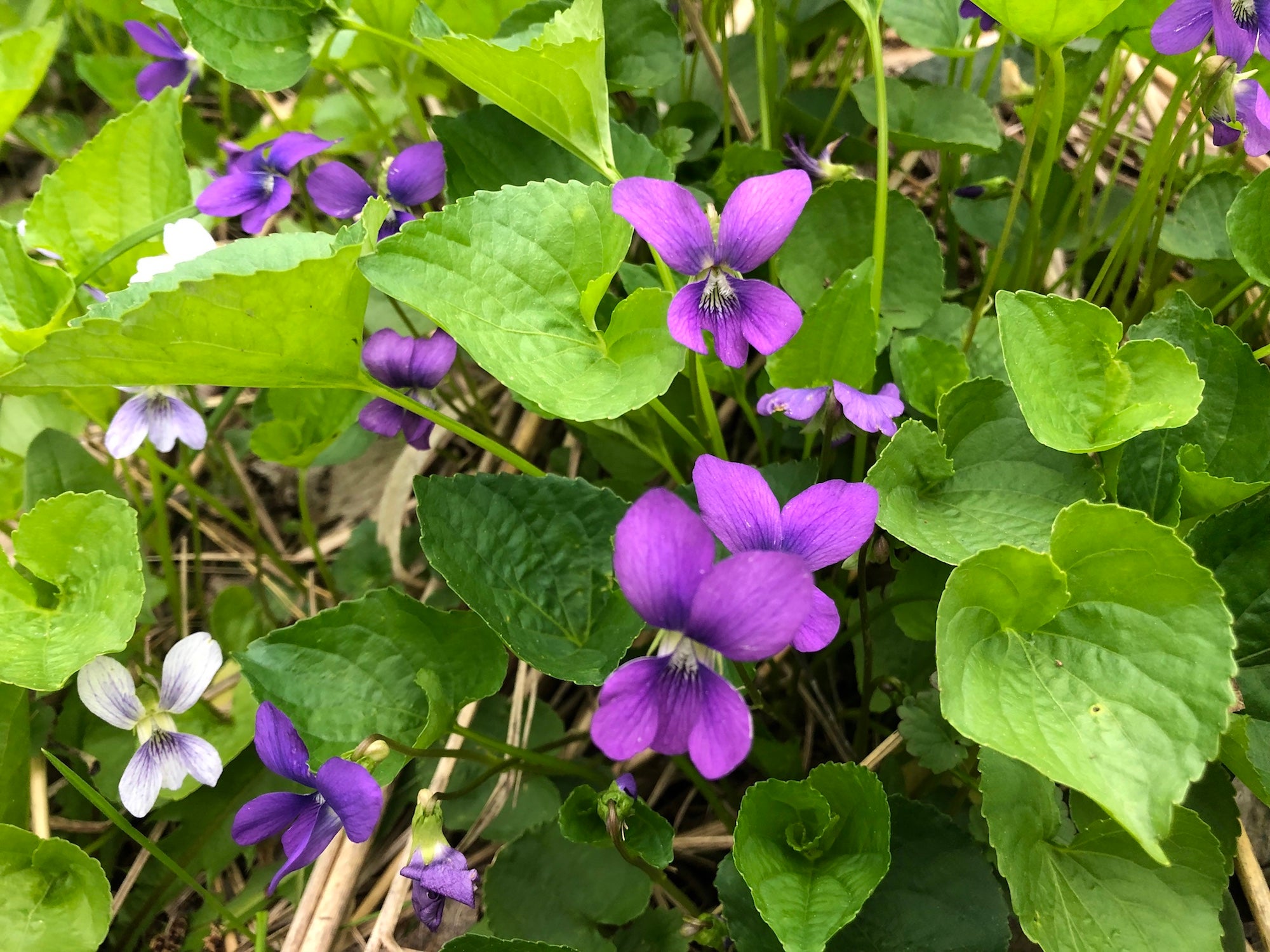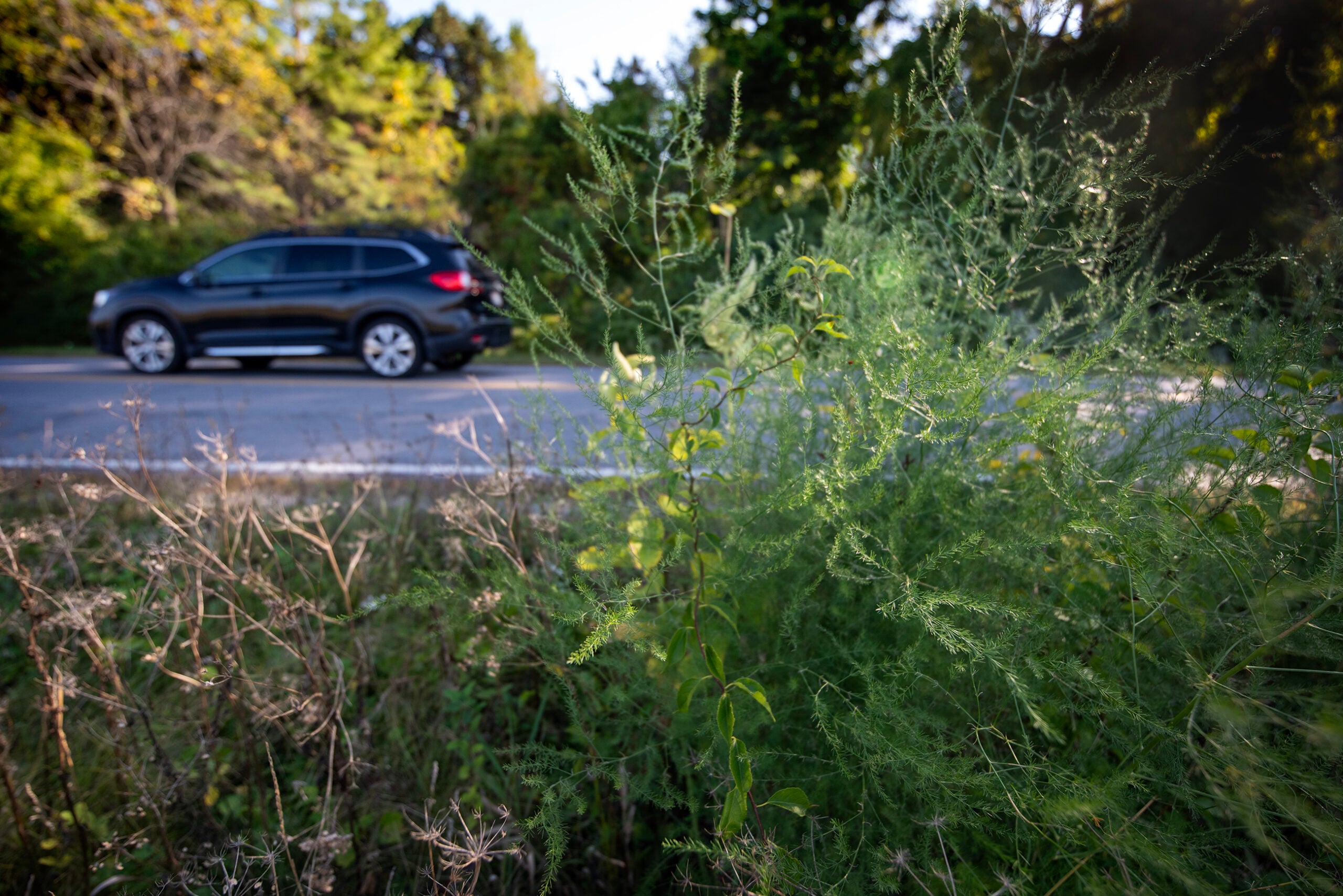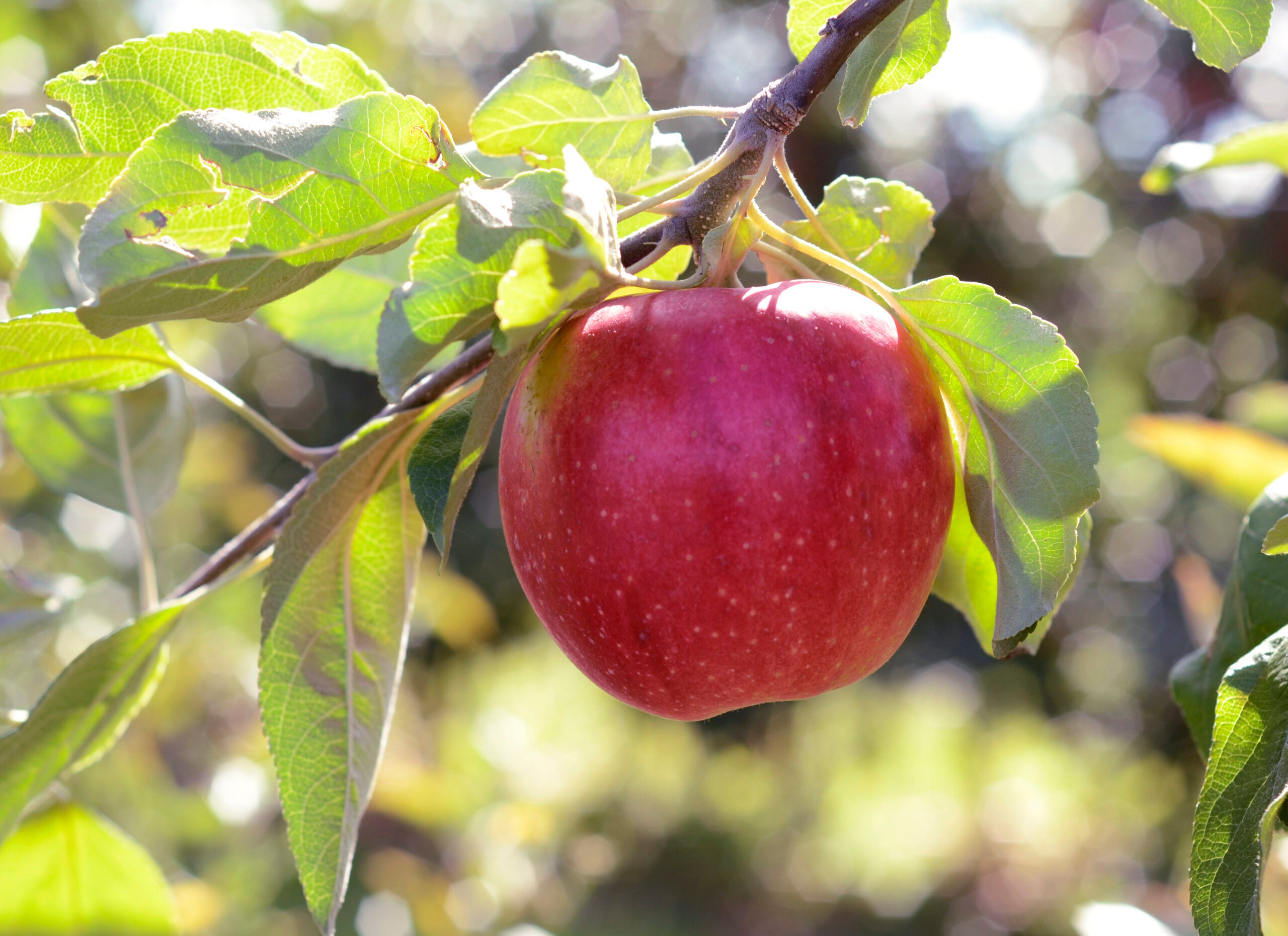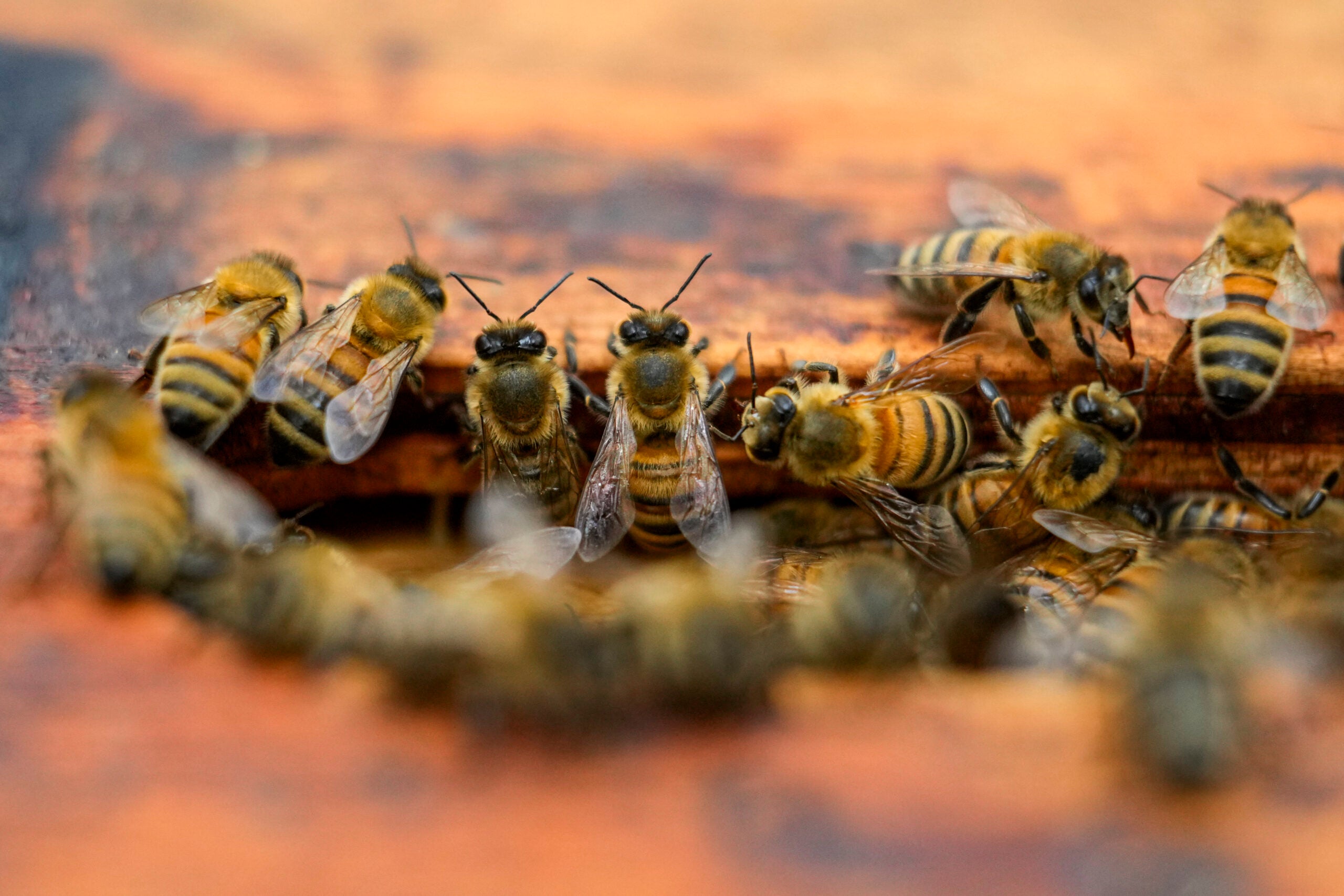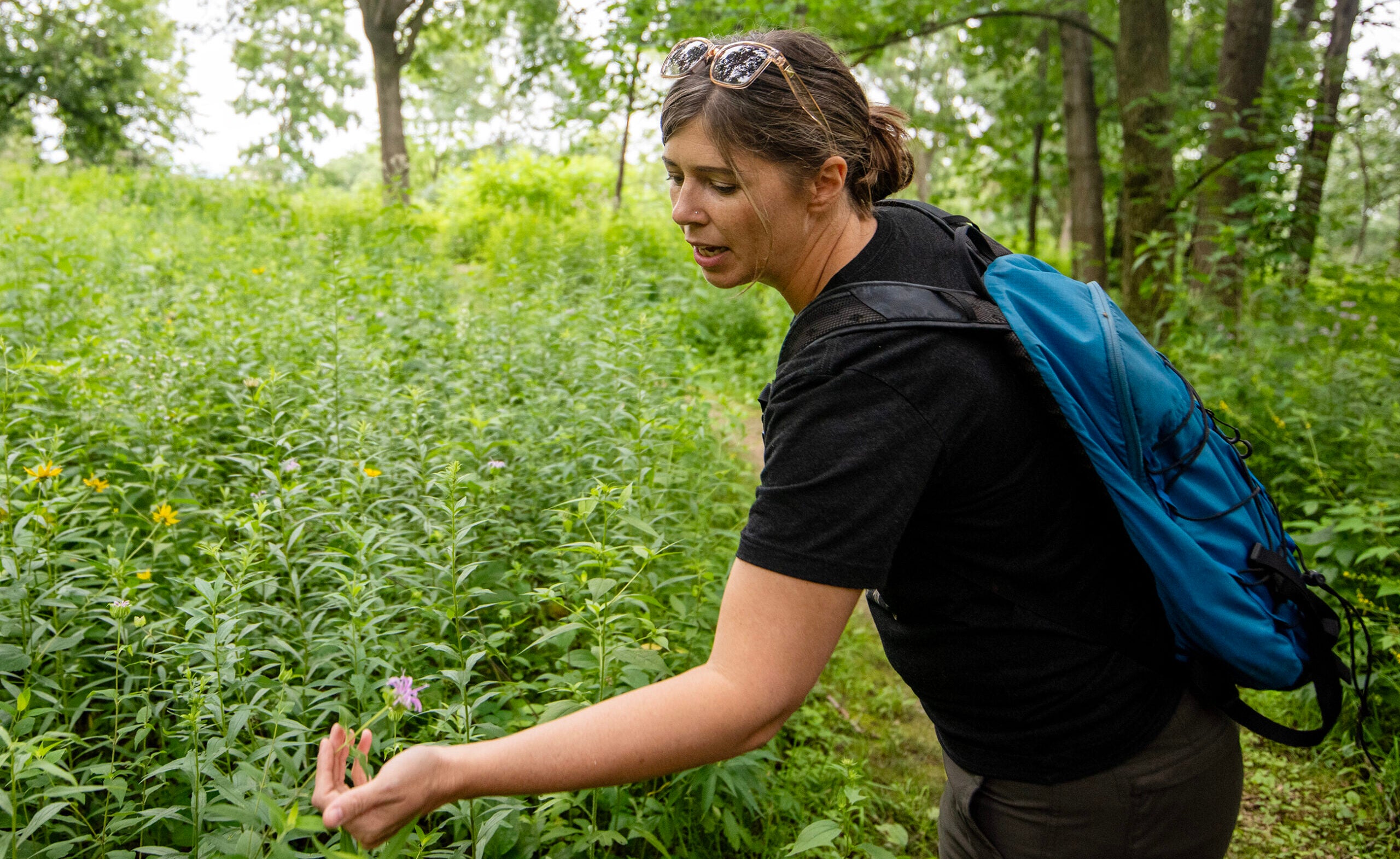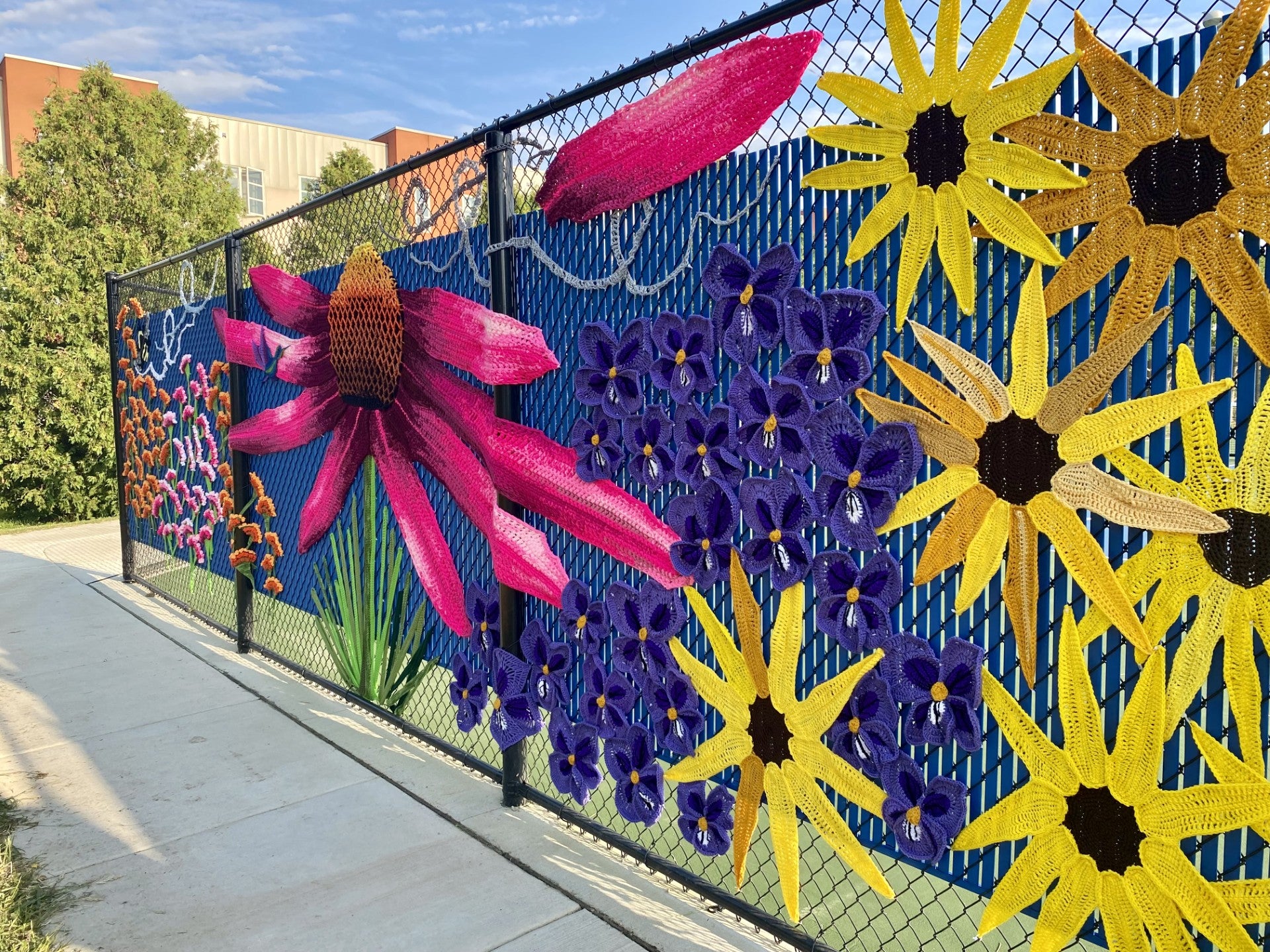Andrea Debbink believes in stopping and smelling the roses — literally.
The Wisconsin author has trained as a master naturalist and is a champion of what she calls “slow botany.”
“It was really inspired by the idea of Slow Food to describe a slower, more tactile and mindful approach to identifying plants in the wild,” she said in a recent interview on WPR’s “Wisconsin Today.”
News with a little more humanity
WPR’s “Wisconsin Today” newsletter keeps you connected to the state you love without feeling overwhelmed. No paywall. No agenda. No corporate filter.
Debbink’s latest book is about flower finding, the practice of seeking out and identifying wildflowers — kind of like bird-watching but for plants.
Wisconsin is a great place for flower finding with its diverse landscape, Debbink says. She shares a few tips for getting started.
Resist temptation to just Google it
When you encounter a flower you don’t recognize, it can be handy to reach for your smartphone and look it up on Google or an identification app. Debbink says she does this sometimes, too.
But if you want to try practicing slow botany, Debbink recommends taking the time to use your senses and develop a more sensory experience of identifying plants and flowers.
She told a story about hiking a trail in Cross Plains State Park and encountering another hiker who stopped to help her identify wild bergamot.
“He had me touch the plant and smell it and investigate it in other ways using my other senses,” she said. “I’ve never forgotten what that plant is or how it feels or how it smells, because I really engaged with it in a slower way.”
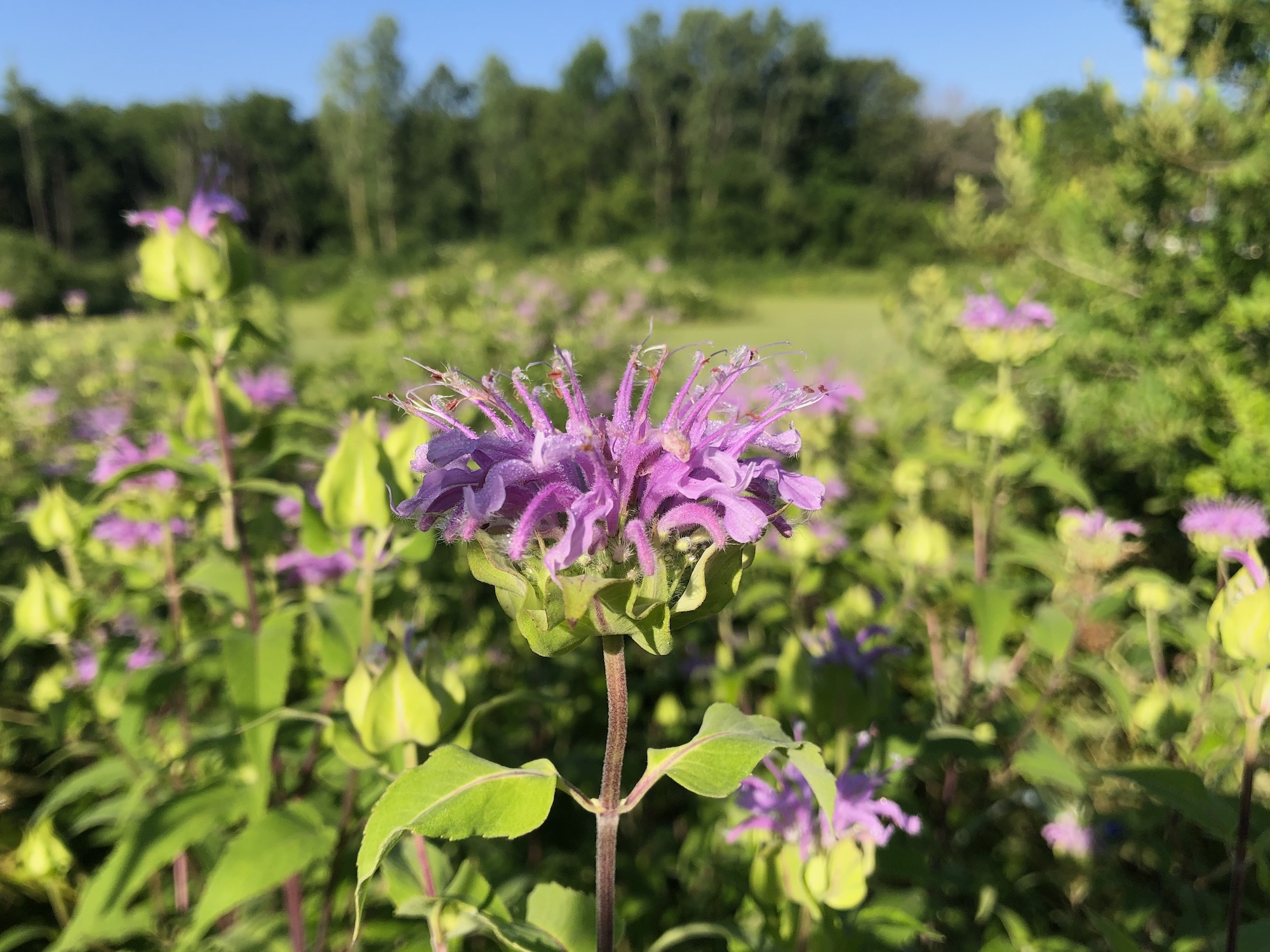
Bring along a printed field guide
Of course, you won’t always have a knowledgeable fellow hiker to help you out. That’s where a field guide can come in, Debbink says.
She recommends Stan Tekiela’s “Wildflowers of Wisconsin Field Guide.” The guide is organized by color, which can help narrow down identifying a wildflower.
“There are a lot of yellow wildflowers in Wisconsin, but you can zero in on that chapter and then start looking more specifically,” she said. “You can compare what you’re seeing in real life to the photo in the book.”
Take close-up and context photos
When it comes to taking pictures of flowers, Debbink’s advice is to first zoom in and then zoom out.
“One of the best tips I could give is getting as close to the flower as you can, because a lot of the beauty is in the details,” she said.
After the close-up photo, you can take a step back and get an establishing shot of the surrounding area.
“I also try to provide a little context for that flower so that you get a sense of the environment that it’s growing in as well,” she said.
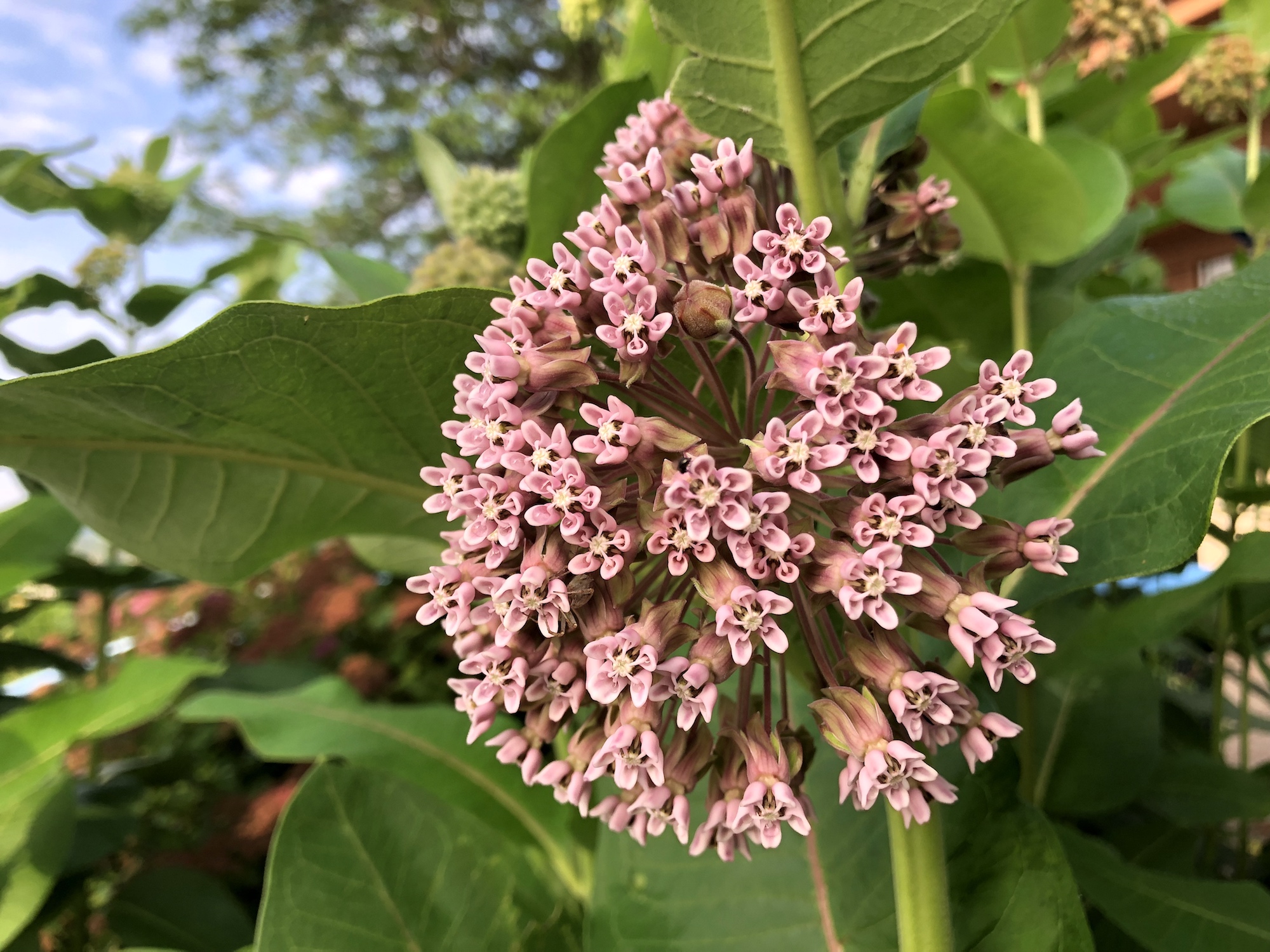
Get creative with backyard foraging
In most places throughout the state, you can only pick flowers on your own property (or another person’s property with permission). But there’s still a lot you can do with the flowers in your own backyard.
“I had a lot of wild violets growing in my yard this year early in the spring,” Debbink said. “I just went out and I picked them and turned them into a syrup. You can make wild violet syrup and then use that in flavored drinks or baking.”
You don’t have to go far
Flower finding isn’t just for hikes or walks in the park. Once you start looking, you can find interesting plants almost wherever you go.
“Wildflowers in particular like to live in what are known as ‘disturbed’ areas,” Debbink said. “It’s not just pretty places like parks that they grow. You can also find them alongside the road or on a median or in a parking lot. Plants are really everywhere.”
Revisit places throughout the seasons
Before moving into her house, Debbink lived in a small apartment on Madison’s west side. She said there was a city park she visited almost every day throughout the year.
Revisiting this one park on a regular basis and observing it through the seasons helped Debbink to notice small details and appreciate how vibrant the wildlife was, she said.
“If you were to just walk through that park once, you would never realize how much biological diversity there would be in a place like that,” she said. “I think that’s a real benefit to just continuing to go back to the same place.”
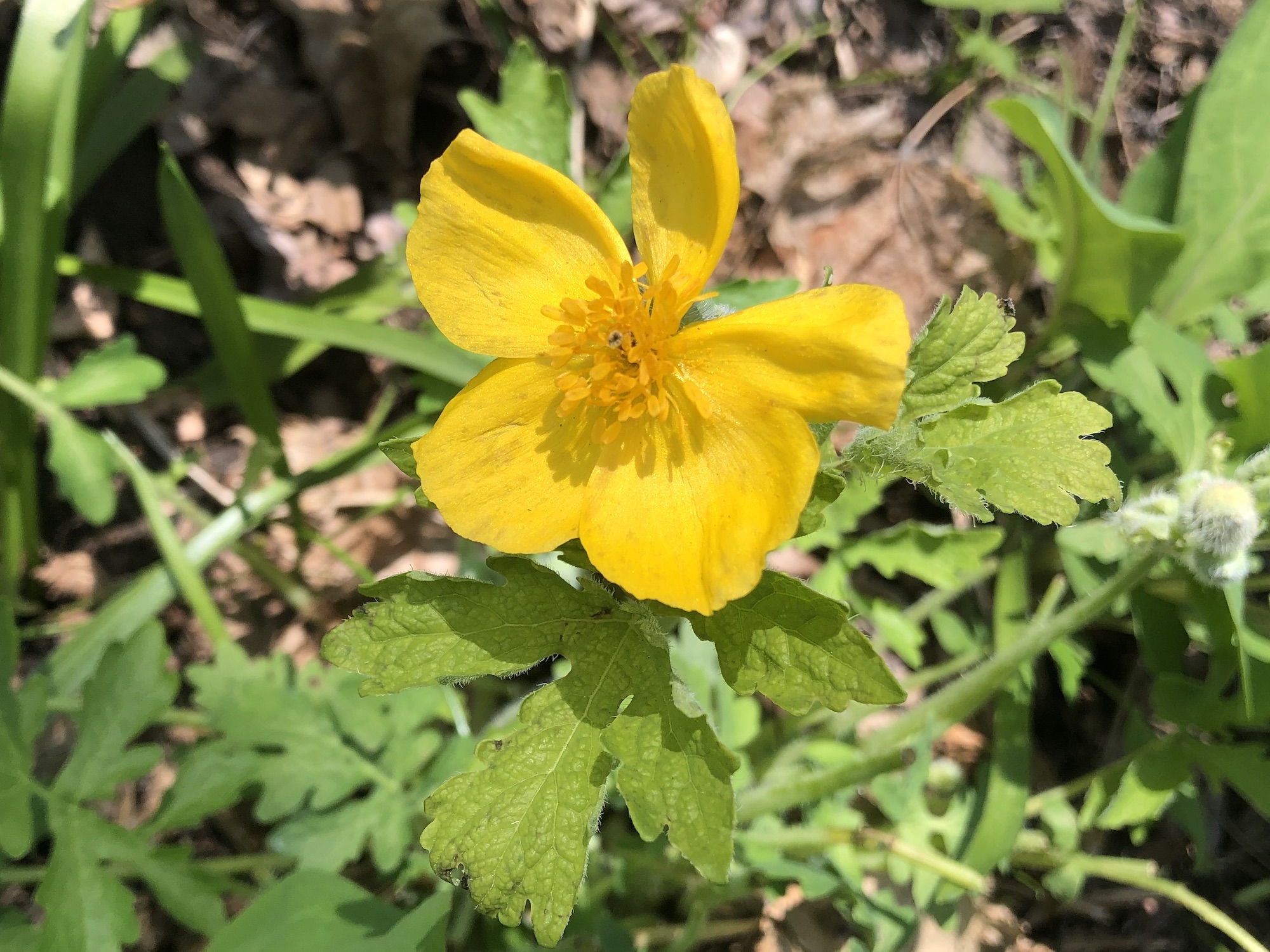
Involve kids in your flower finding
Flower finding is often a solo practice. But it can also be a great activity for the whole family.
“I believe that our love of nature starts at a young age,” Debbink said. “Children naturally have a curiosity about the natural world, and they’re really receptive to learning about it.”
Debbink’s daughter is a great example of this. At 2 years old, her daughter can already identify several backyard birds and plants by name.
“Teaching children at younger ages to just see and appreciate nature, I think that helps them to become stewards throughout their life of the natural world,” Debbink said. “That’s something we really need right now.”
Wisconsin Public Radio, © Copyright 2025, Board of Regents of the University of Wisconsin System and Wisconsin Educational Communications Board.

